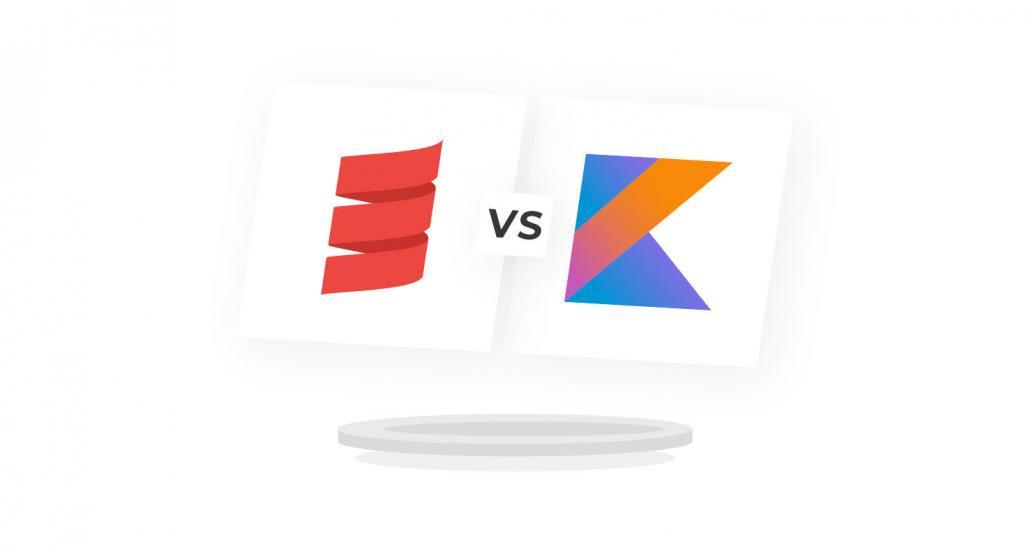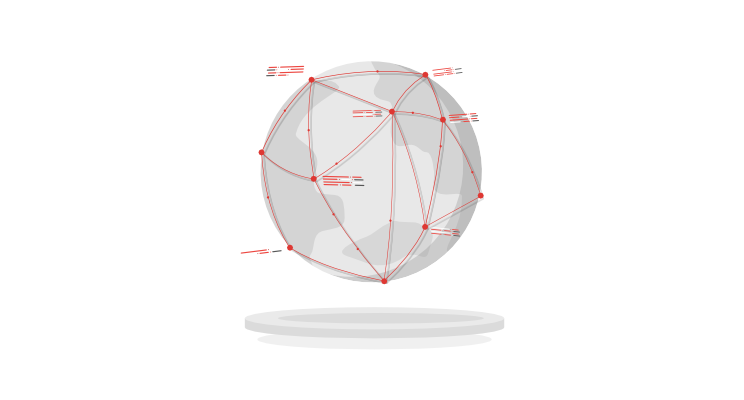
Unleashing the Power of Domain-Driven Development: A Guide to Improving Code Quality, Scalability, and Maintenance

Discover how Domain-Driven Development (DDD) can improve your software development process by aligning business requirements with software implementation. Learn about the key concepts of DDD, how to implement it in real-world projects, and the benefits of DDD, including improved code quality, scalability, and maintenance. Unleash the power of DDD and take your software development to the next level.
Introduction
Domain-Driven Development (DDD) is an approach to software development that emphasizes aligning business requirements with software implementation. DDD has gained popularity in recent years due to its ability to improve code quality, scalability, and maintainability. In this comprehensive guide, we will demystify the key concepts of DDD and provide practical insights into implementing DDD in real-world projects.
Understanding the Key Concepts of DDD
To understand DDD, it is essential to familiarize yourself with its core concepts. These include bounded contexts, aggregates, entities, value objects, and domain events. Additionally, DDD emphasizes the importance of ubiquitous language, which means using a common language to align business and technical teams. Finally, domain experts play a crucial role in DDD, as they provide a deep understanding of the business requirements.
Section 2: Implementing DDD in Real-World Projects
Implementing DDD in real-world projects can be challenging, but the benefits are significant. To implement DDD successfully, it is crucial to identify bounded contexts and their boundaries accurately. Once you have identified bounded contexts, you can start designing aggregates, entities, and value objects. Domain events are also essential in DDD, as they allow communication between bounded contexts.
Benefits of DDD
The benefits of DDD are numerous and can positively impact your software development process. First, DDD helps improve code quality by ensuring the code is aligned with business requirements. This alignment helps reduce the number of errors and improves code maintainability. Additionally, using DDD can promote better scalability by allowing teams to break down complex projects into smaller, manageable components. By focusing on the business domain and designing the software components around it, teams can better manage the complexity of their projects.
Secondly, DDD promotes better communication and collaboration between business and technical teams. Using a ubiquitous language can translate business requirements into code more effectively, reducing misunderstandings and ensuring that the software meets the business needs. This communication can also reduce the number of changes that need to be made during the software development process, resulting in fewer errors and faster delivery times.
Finally, DDD helps reduce maintenance costs by ensuring that software is designed with the long-term in mind. By focusing on the business domain and designing the software components around it, teams can build software that is more resilient to change. This resilience means that the software is easier to maintain and update, reducing the overall cost of ownership.
Book recommendations
- “Domain-Driven Design: Tackling Complexity in the Heart of Software” by Eric Evans – https://www.amazon.com/Domain-Driven-Design-Tackling-Complexity-Software/dp/0321125215
- “Implementing Domain-Driven Design” by Vaughn Vernon – https://www.amazon.com/Implementing-Domain-Driven-Design-Vaughn-Vernon/dp/0321834577
- “Domain-Driven Design Distilled” by Vaughn Vernon – https://www.amazon.com/Domain-Driven-Design-Distilled-Vaughn-Vernon/dp/0134434420
Conclusion
In conclusion, Domain-Driven Development is a powerful approach to software development that can help improve code quality, scalability, and maintainability. By understanding the key concepts of DDD and implementing DDD in real-world projects, you can take advantage of the benefits that DDD has to offer. If you’re looking to learn more about DDD, be sure to check out our additional resources on the topic.











